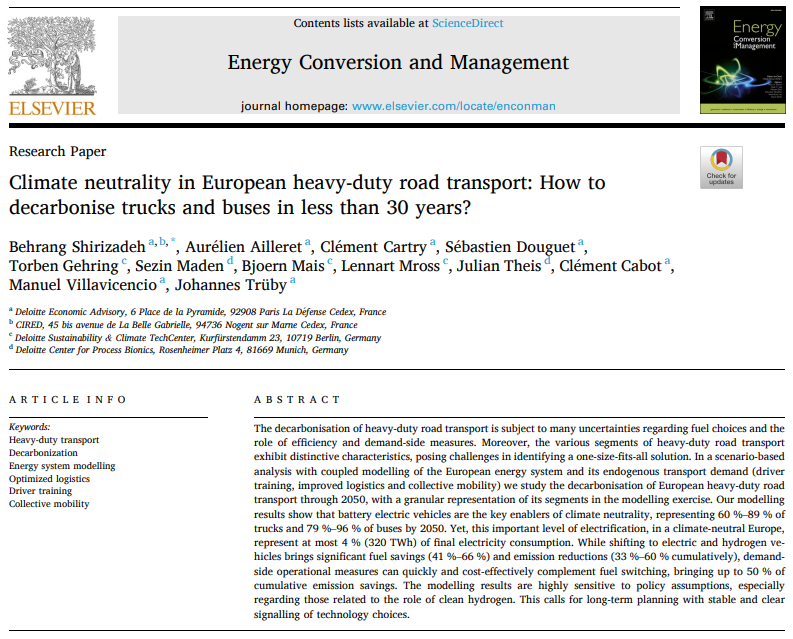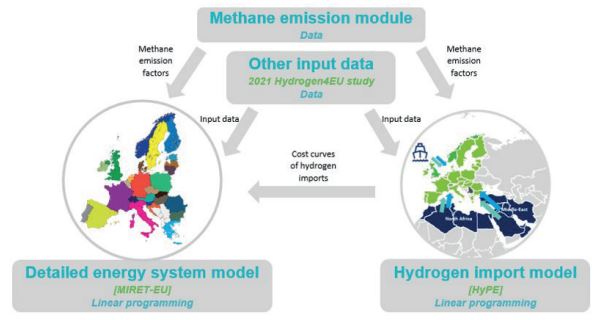Don't miss out the @IA4EE international conference #iaee2021online. I will be presenting an ongoing work about the relative role of different energy carriers and sources in a carbon-neutral future in the presence of #SectorCoupling this afternoon at 5 P.M.
iaee2021online.org/programme_text
iaee2021online.org/programme_text
This is a revised version of a previous work (⬇️), where I changed several parameters that did not seem realistic regarding transport and heat sector technologies (and some supply and storage technologies' parameters as well):
papers.ssrn.com/sol3/papers.cf…
papers.ssrn.com/sol3/papers.cf…
The method: This is a multi-vector energy system optimization model, where I considered gas, electricity, heat and hydrogen as energy vectors, considering continental France over a single weather year (2006 based on previous findings). Greenfield optimization #EOLES for 2050. 

The main conclusions:
1) Social cost of carbon of 200€/tCO2 can lead to carbon-neutrality, where natural gas is eliminated from the primary energy supply
2) System is highly electrified but at least 20% of share for (renewable) gas
3) Very high share of Renewables (up to 100%)
1) Social cost of carbon of 200€/tCO2 can lead to carbon-neutrality, where natural gas is eliminated from the primary energy supply
2) System is highly electrified but at least 20% of share for (renewable) gas
3) Very high share of Renewables (up to 100%)

5) I studied availability scenarios (in the graphs you can see cost and emissions):
a) Renewables are the main enablers of the cost (electricity for low SCC and gas for high SCC) and emission reductions.
b) Nuclear power has marginal climate and economic benefits (green line).

a) Renewables are the main enablers of the cost (electricity for low SCC and gas for high SCC) and emission reductions.
b) Nuclear power has marginal climate and economic benefits (green line).


6) I did some robustness analysis (to cost and demand level uncertainties) to propose a robust social cost of carbon and it is 300€/tCO2, but I won't present it today.
🏁The End.
Feel free to join the session in which I will present: Concurrent session 131 - Gas Economics⬇️
🏁The End.
Feel free to join the session in which I will present: Concurrent session 131 - Gas Economics⬇️

• • •
Missing some Tweet in this thread? You can try to
force a refresh





















